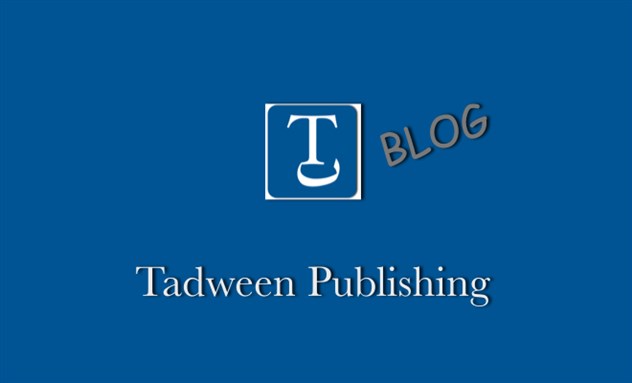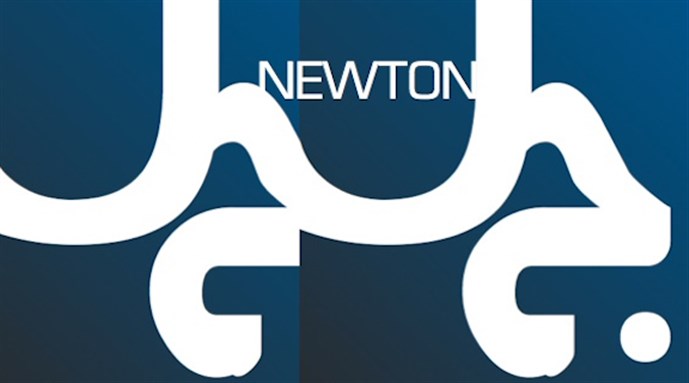[The following article was originally published on Tadween Publishing`s blog. For more information on the publishing world as it relates to pedagogy and knowledge production, follow Tadween Publishing on Facebook and Twitter.]
“A higher education is the single best investment you can make in your future,” proclaimed US President Barack Obama on 22 August in Buffalo, NY.
Standing on stage in front of hundreds of students at the State University of New York, Buffalo, Obama addressed the dire situation many prospective, current, and past students in the United States face: paying back student loans. Obama made this statement as student loans have become an albatross around the necks of many who are struggling to pay back their debt while searching for employment in an economy with few offerings. Many young college graduates find themselves working low-income jobs in unrelated fields, at best.
Student loans have already proved to be a hot topic during the summer lull, as the US Congress failed to come to a compromise on student loan interest rates by 1 July. Failure to reach an agreement doubled the interest rate on undergraduate subsidized loans from 3.4 percent to 6.8 percent. Before the academic school year was set to begin, a compromise was finally reached in the senate, which was voted on and passed to a congress that approved the deal on 31 July. This year’s interest rate is roughly 3.86 percent for undergraduates and 5.42 for graduates.
However, a compromise in the government on interest rates does not solve the stagnant problem of increased student debt (which averages $26,000 per student). In a heavily critical article on student debt in America, Rolling Stone’s Matt Taibbi pushes aside the controversy of interest rates to get to the core of the real problem:
No doubt, seeing rates double permanently would genuinely have sucked for many students, so it was nice to avoid that. And yes, it was theoretically beneficial when Obama took banks and middlemen out of the federal student-loan game. But the dirty secret of American higher education is that student-loan interest rates are almost irrelevant. It’s not the cost of the loan that’s the problem, it’s the principal – the appallingly high tuition costs that have been soaring at two to three times the rate of inflation, an irrational upward trajectory eerily reminiscent of skyrocketing housing prices in the years before 2008.In his Buffalo speech, Obama acknowledged the crippling cost of higher education. “Over the past three decades, the average tuition at a public four-year college has gone up by more than 250 percent,” he said, while noting that the average family’s income has only increased by sixteen percent, leaving a significant gap between the two. Obama argued that the current system is not sustainable in the long-term, and called on state legislatures to step up to the plate and stop cutting support for higher education. With a plan titled “A Better Bargain for the Middle Class: Making College More Affordable,” Obama has put forth several different proposals:
- Tie financial aid to college performance, starting with publishing new college ratings before the 2015 school year.
- Challenge states to fund public colleges based on performance.
- Hold students and colleges receiving student aid responsible for making progress toward a degree.
- Challenge colleges to offer students a greater range of affordable, high-quality options than they do today.
- Give consumers clear, transparent information on college performance to help them make the decisions that work best for them.
- Encourage innovation by stripping away unnecessary regulations.
- Help ensure borrowers can afford their federal student loan debt by allowing all borrowers to cap their payments at ten percent of their monthly income.
- Reach out to struggling borrowers to ensure that they are aware of the flexible options available to help them to repay their debt.
Part of this new plan would be the development of a ratings system that would compare similar colleges so that students can choose their best option for higher education. Obama also proposes that colleges and universities delve deeper into providing students with cost-efficient learning options by incorporating a greater use of technology, going as far as to endorse MOOCs (read Tadween’s blog post on MOOCs). On the side of state politics, Obama encouraged states to reevaluate their funding systems. “Right now, most states fund colleges based on how many students they enroll,” he said, “not based on how well those students do or even if they graduate.” He gave the example of Tennessee, Indiana, and Ohio who offer “more funding to colleges that do a better job of preparing students for graduation and a job” and Michigan who “is rewarding schools that keep tuition increases low.”
While Obama’s reform proposals have high hopes for current and prospective students, there are already millions of Americans who have graduated and remain plagued by their student debt. For The Atlantic, Garance Franke-Ruta writes, “There are, according to the White House, thirty-seven million people with outstanding federal student loans. A little more than 2.5 million of them are using one of the three income-dependent payment plans the federal government makes available to borrowers: the Pay As You Earn Repayment Plan, the Income Based Repayment Plan (IBR), and the Income-Contingent Repayment Plan.” Students who borrowed loans before 2008 or have not borrowed since 2011 are not allowed to take advantage of the Pay As You Earn Repayment Plan, causing hardship for many. Obama proposes that all borrowers of student loans be allowed to cap their federal student loan payments at ten percent of their monthly income.
Obama’s proposals have already received criticism from private colleges, and it should be expected that there will be many roadblocks ahead as some of the reforms will require legislation in a divided congress. It will take some time before any benefit or progress in Obama’s proposals will come to fruition.

![Now Available at Tadween Publishing in Partnership with Tadamun: "Planning [in] Justice العدالة في التخطيط"](https://kms.jadaliyya.com/Images/135x94xo/covers210326041535580~.png)














